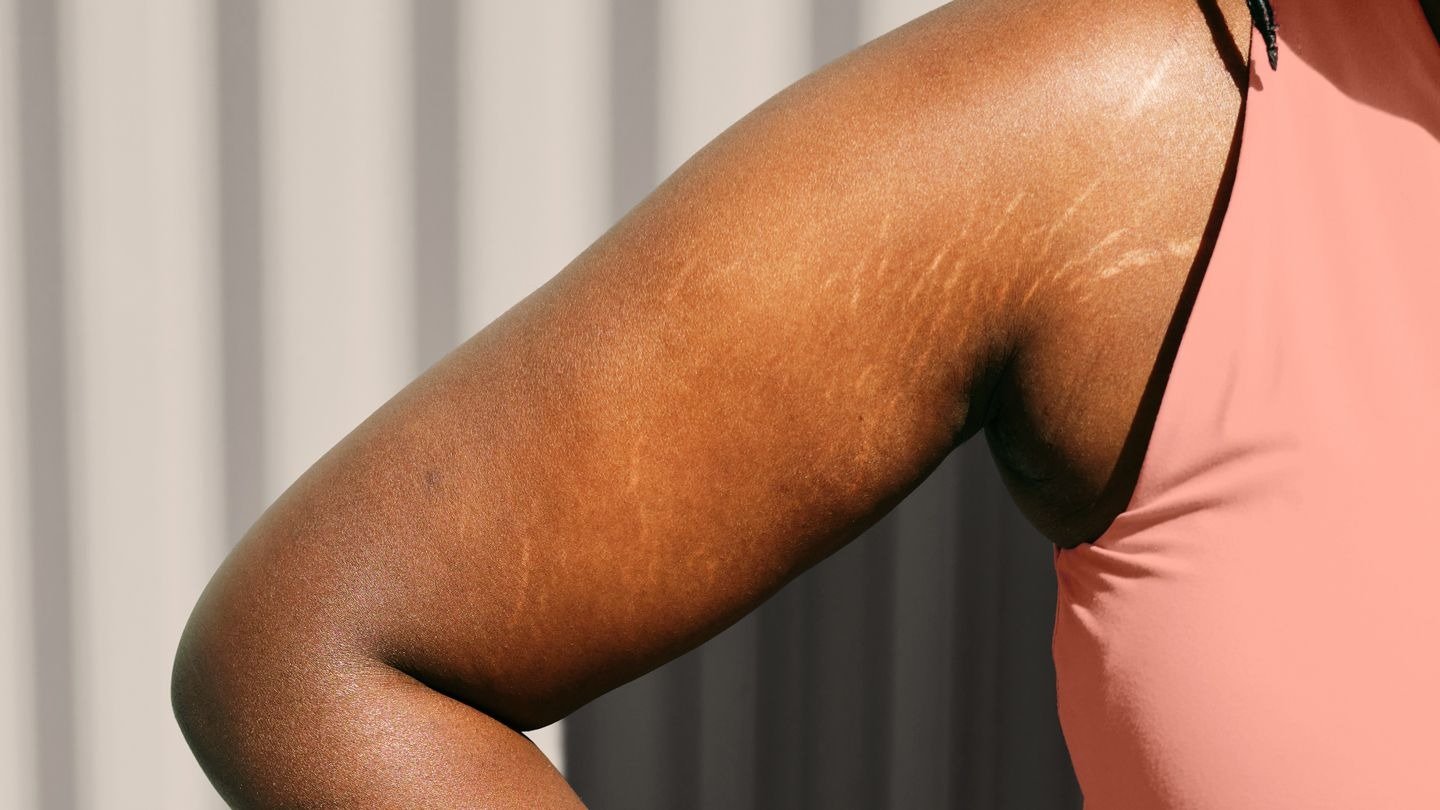A Guide to Treating and Preventing Stretch Marks
Stretch marks, also known as striae, are a common skin issue that many people experience. These unsightly lines are caused by the tearing of the dermis, the deeper layer of skin, as a result of rapid growth or weight gain. There are two types of stretch marks: red (new) and white (old), with red stretch marks being easier to treat as they are more recent.
In this article, we will explore the various treatments available for stretch marks, how to prevent them, and how to maintain healthy skin on a day-to-day basis.
Causes of Stretch Marks
The primary cause of stretch marks is the rapid expansion of the skin due to weight gain, growth spurts, or even pregnancy. This rapid stretching damages the collagen and elastin fibers in the skin, resulting in the visible lines we see as stretch marks.
Treatment Options for Stretch Marks
1. Topical creams and oils
There are various creams and oils available that claim to improve the appearance of stretch marks. Cocoa butter, for example, has long been touted as a remedy for stretch marks, though scientific evidence is limited. That said, moisturizing the skin can help maintain elasticity, so using a hydrating product may still prove beneficial.
2. Laser therapy
Laser therapy, particularly Pulsed Dye Lasers for red stretch marks, is considered the gold standard treatment. For white stretch marks, other options such as Fraxel and microneedling with radiofrequency can be more effective. It's important to set realistic expectations and understand that multiple treatments over several months may be necessary to see improvement.
3. Injectables
Hyaluronic acid injections and PRP (Platelet Rich Plasma) therapy can also be used to treat stretch marks. These treatments stimulate the skin's collagen production, helping to reduce the visibility of the marks.
4. Chemical peels
Superficial chemical peels can help to improve the texture and tone of treated skin, but may not yield significant improvements in the appearance of stretch marks themselves.
5. Home remedies
Home remedies such as sugar scrubs and coffee grounds may provide some exfoliation and improve the overall appearance and feel of the skin, but they are unlikely to remove stretch marks.
Preventive Measures and Lifestyle Adjustments
To maintain your skin's elasticity and reduce the likelihood of developing stretch marks, consider the following:
Stay hydrated: Adequate hydration is essential for overall skin health. Aim to drink at least 8 cups of water per day.
Maintain a healthy weight: Rapid weight gain or loss can lead to stretch marks, so aim for a balanced diet and regular exercise.
Eat a skin-friendly diet: Include foods rich in antioxidants, vitamins A, C, and E, zinc, and omega-3 fatty acids, which promote healthy skin.
Sun protection: Protect your skin from the sun's harmful rays by wearing sunscreen with a high SPF and opting for protective clothing.
The Bottom Line
It is important to set realistic expectations when treating stretch marks. Understanding that results may take several months or even a year to materialize can help prepare you for the journey ahead. By embracing a combination of professional treatments, home remedies, and preventive measures, you can cultivate healthier skin and reduce the appearance of stretch marks over time.

















